
11 minute read
Marsa Alam
Text SYLWIA KOSMALSKA-JURIEWICZ Photos ADRIAN JURIEWICZ
I have always been delighted at the prospect of a new day, a fresh try, one more start, with perhaps a bit of magic waiting somewhere behind the morning.
Advertisement
J.B. Priesley

A few days earlier, before any signs on Earth and Heaven indicated that our trip to Egypt would take place, I had a dream. I dreamed of dolphins swimming in an emerald bay right next to the beach where I collected colourful bird feathers.
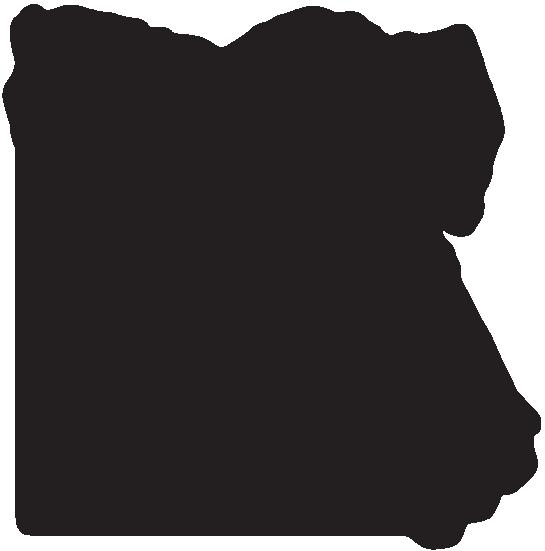
Cairo
Hurghada
MARSA ALAM
Back then, I didn't know this dream was like a promise. A prophecy that was soon to come true… In one of the two open cafes at Chopin's international airport in Warsaw, I ordered a coffee latte with soy milk, to take away. The day before, I did the Covid-19 test, which I put in my backpack together with my passport to show it at check-in. Almost all shops, restaurants and kiosks have closed. Today there is no trace of numerous tourists travelling, queues and noise at the airport, which I remember from a year ago. Everywhere there is twilight and piercing silence… The sight scares me a bit.
The departure board is always filled to the brim with flight numbers, but today there is only one flight, at 10:30 PM. This is my flight and I am flying to Marsa Alam, a place located in the southern part of Egypt. I was awakened by the warm rays of the rising sun, which were penetrating with all their intensity into the spacious hotel room. I went out on the terrace to feast my eyes on the vastness of the cloudless, azure sky. The hotel is surrounded by miles of gardens, lushly planted with palm trees, shrubs and flowers. The narrow alleys are crossed by white, wooden pergolas that bend under the pressure of colourful bougainvillea. I take a deep breath and revel in the scent of the air saturated with desert, sea and flowers. After long, cloudy and rainy weeks in Poland, I almost forgot how beautiful and colourful the world is. I am going to the beach which is very wide and very charming. The Red Sea is sparkling with aquamarine, here and there tourists are resting on deckchairs. I lie down on the sand and dip my feet in the sea, feeling a refreshing breeze on my body.

Now I know I really have come here. The next day, at dawn, we get on the bus and go to the diving centre about 15 kilometres from our hotel. A wide asphalt road leads there. We drive about 20 minutes. During this time we have not seen any other car on the road. On the right, the desert stretches to the horizon. Inaccessible and sandy terrain, and on the other side, you can see the shoreline of the Red Sea, glistening in the morning sun. Diving off the coast of Marsa Alam is usually done from the shore. The diving centre that we use during our stay in Egypt is situated in an ideal location. We drive a maximum of twenty minutes to all diving spots. During the week-long vacation, we devote as many as five days to diving. Marsa Assalaya is a picturesque bay with emerald water located approximately 8 km from Marsa Alam. This is the first place we dive. It is an ideal location for advanced divers as well as those who are just starting their adventure with diving. The sandy bottom covered with sea grass very slowly slopes downwards, until at some point it merges with the beautiful coral gardens. The coral reef, full of life, gently descends to 50 m. During the first dive, we meet two large turtles who unhurriedly enjoy the blades of sea grass. After a few minutes, they begin to slowly ascend to get some air. On their shells, the rays of the sun create colourful prisms that grow stronger with changing depth. We hang in the water for a few minutes, watching this unique spectacle that takes place just below the water surface. Someone who is now standing on the beach and staring at the sea does not even realise that right on the shore, at a shallow depth, two giant sea turtles are eating breakfast. Diving in itself is something perfect in its simplicity. By adding underwater fauna and flora, absolute silence interrupted by breath and slow movements of arms and legs, and magical moments of loneliness, we get an addictive mixture that is difficult to describe in words. We are able to sacrifice a lot for those meetings with the underwater world, even a 10-day quarantine after returning to the country. This is because nothing else in the world can give us the sense of freedom, happiness and fulfilment that we get from communing with the inhabitants of the seas and oceans. We cannot fill the void with anything else when something we love is taken from us even for a moment.

From the outside, Marsa Samadai is a completely inconspicuous diving location, located just off the asphalt road 7 km from Marasa Alam. It is an open desert area with a wide, sandy bay, exposed to the wind on all sides. Like the previous dive spot, the site is also suitable for diving for advanced people and those who have just completed the basic OWD diving course. The sandy bottom very slowly goes down to 30 m. Diving here, we get the impression that a lush coral reef surrounds us on all sides, and huge rock blocks covered with corals create a natural shelter for sea creatures such as monkfish, crocodile fish, turtles, rays and moray eels. The farthest dive point we reached is Gebel Rossa, where we dived for two days. It is a picturesque, narrow bay on both sides, sheltered by sandy cliffs, protecting us from the wind (which in January is something natural in this part of the world). Diving here, we get the impression that a lush coral reef surrounds us on all sides, and huge rock blocks covered with corals create a natural shelter for sea creatures such as monkfish, crocodile fish, turtles, rays and moray eels.
The day is sunny and the air temperature exceeds 25°C. On the sandy shore, in an even row, there are sun umbrellas embedded in the sand, their glory days are long behind them. They blend in perfectly with the landscape and create

a holiday atmosphere. I slowly put my drysuit on, but put it on only over my thermal underwear. The water temperature varies between 22 and 23°C, depending on the location and depth. Thanks to the drysuit, I feel comfortable underwater. Other people who accompany us dive in 5 mm wetsuits. I have been diving in a drysuit for so long that I have the impression that it has become my second skin. Wading in the water, we slowly enter the Red Sea, put on our fins, and after a while we descend to a depth of 18 m. Almost immediately we come across a wall covered with a lush coral reef, and in the depths we observe barracudas and other fish. A stingray buries itself very quickly in the sand, just below the overhang, and a tortoise flows right above the stingray. I have forgotten how beautiful and rich in life the coral reef of the Red Sea is. After diving, we rest under a small, wooden roof, which is located in such a way that it protects against the scorching sun and wind. In the distance, against the background of the sandy mountains, three figures appear as if they were ghosts. They are coming our way very slowly. They are three Bedouin women: mother, daughter and granddaughter. Dressed in colourful robes that contrast beautifully with the azure sky and desert sand. Each of them carries a small bundle in hand. They stop right on the shoreline, between two moored boats. They sit crosslegged on the sand and take out colourful and various bracelets from their small bundles. They evenly arrange them on the cloth spread on the beach. With a gentle movement of the hand, they encourage us to come closer and look at all the beads with which they filled the fabric surface. I am interested in the desert women themselves more than the bracelets. Two of them, mother and daughter, are veiled. I buy bracelets from



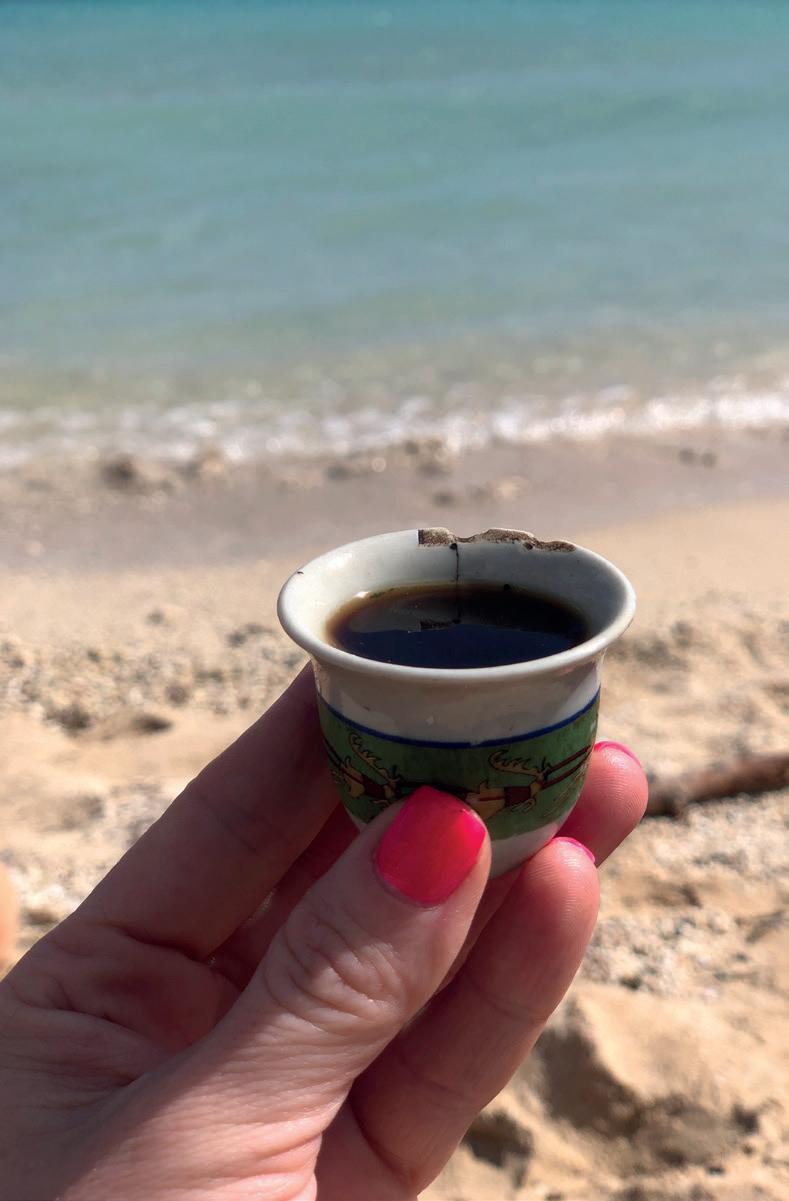

a girl who smiles kindly at me. The oldest woman leans her back against one of the wooden boats. She takes out a small, handy spindle and yarn. On a wooden reel that gently sets in motion with his hand, she begins to wind individual strands of wool, which she forms with her fingers. I admire her talent and the ease with which she does it. I do not know from where, but after a while a young woman brings brushwood and starts lighting a fire in the sand. Shortly after, she puts a slightly worn silver kettle on it, into which she had poured finely ground coffee with ginger and poured cold water over it. Next to the hearth, she placed four cups that looked like giant thimbles. She pours a teaspoon of sugar into them successively, and then pours the brewed coffee. The air is filled with the unearthly aroma of freshly brewed coffee, which I am offered. I do not know how long I sat in the sand with desert women, savouring every sip of the dark nectar. Finally I got up, gave the empty


cup back and thanked for it from the bottom of my heart – the best I could do in thanks for a moment of real, undisturbed pleasure and normality. Every place on earth has at least a few unique locations that somehow define and distinguish it. In my opinion, such a unique place that characterises the diving sites off the coast of Marsa Alam is the Samadai Reef, also known as Dolphin House. We sail about 1.5 hours on a large dive boat before we reach the destination. The sun slowly climbs the sky and the wind breaks the waves against the ship's side. The pristine crescent-shaped Samadai reef is inhabited by about 60 spinner dolphins. These herd animals have been coming into the world here since the beginning of time. They hunt here, breed young, rest, and above all, feel safe. It would seem that over the years they have become accustomed to the presence of humans. It is one of the few places in the world where we can swim and dive with dolphins in their natural environment. We have already visited this location twice during our previous stays in Marsa Alam, but each time the dolphins were not at home. This time it is different. There is such a strange feeling as if the world stopped for a moment, when the gray backs of dolphins glistening in the
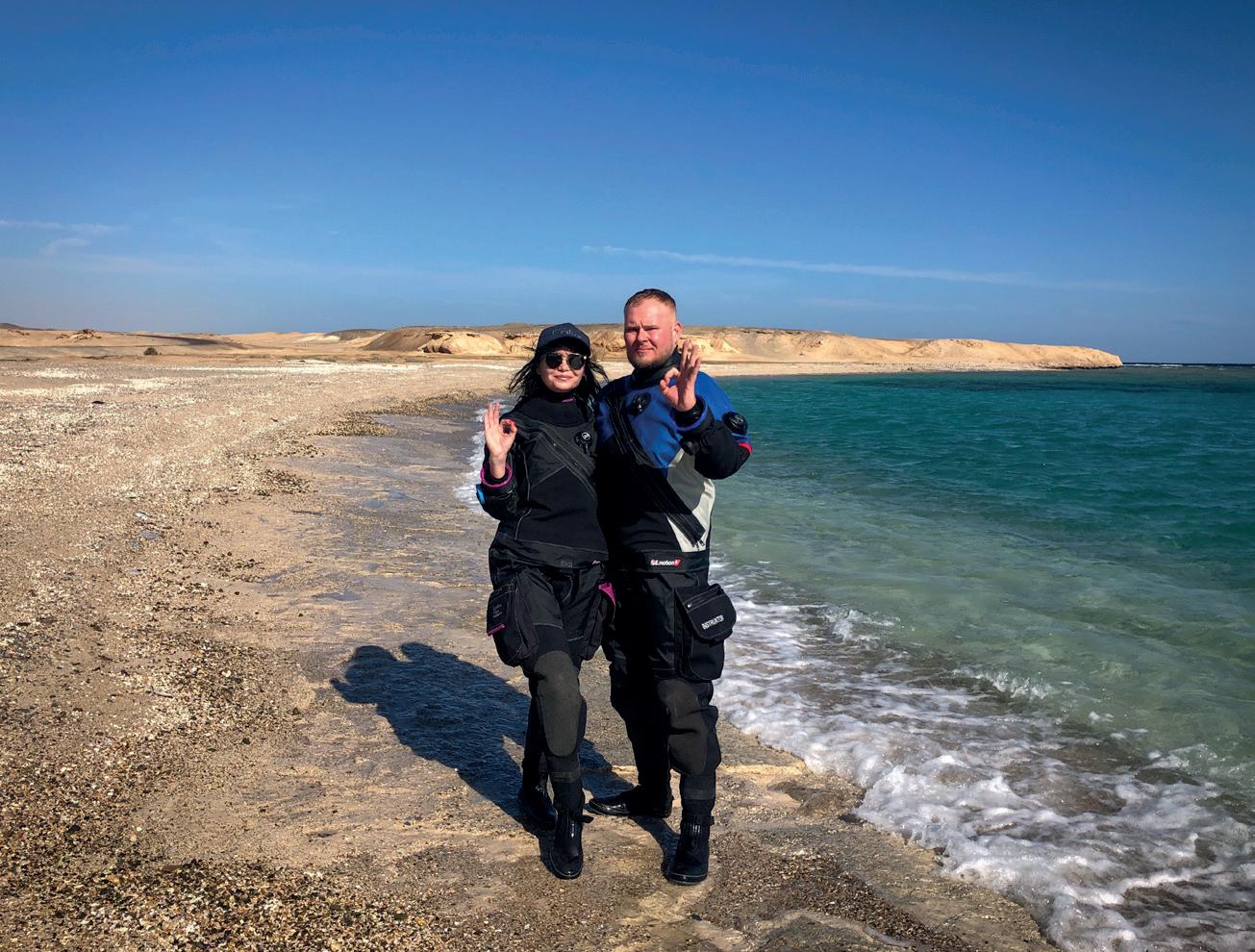


sun appear on the horizon. Everything else ceases to matter, becomes pale and permanent. A large herd swims in a compact group, from time to time emerging to the surface to get some air. Thanks to the ability to store oxygen in the muscles, they can stay under water longer. Dolphins have a large brain, they are extremely intelligent animals, and according to scientists, their intellect is on par with chimpanzees. They learn quickly what man has used cruelly. Dolphins are captured and placed in dolphinariums, which are no different from prisons. While in the wild they live up to 50 years, in captivity they live a maximum of 2 years on average. In confinement, they get very sick, face depression, the most common cause of which is loss of freedom and longing for the herd – family. Over the course of thousands of years, numerous legends associated with dolphins have arisen. Australian aborigines believed that they were magical creatures who came from the stars to teach man how to enjoy life…
ADVERTISEMENT

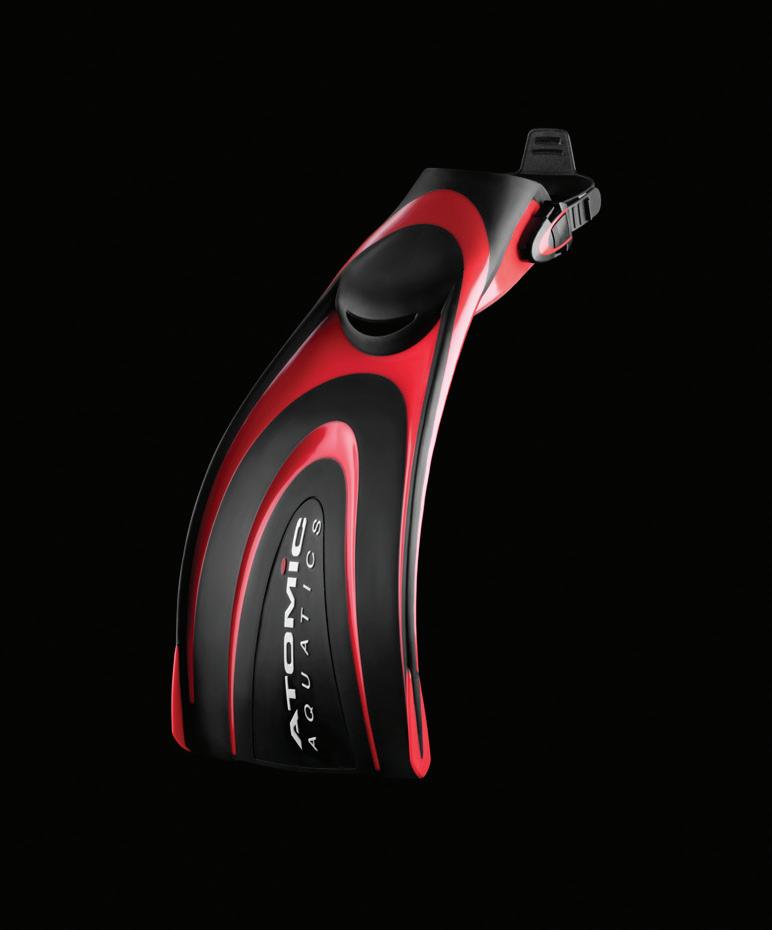
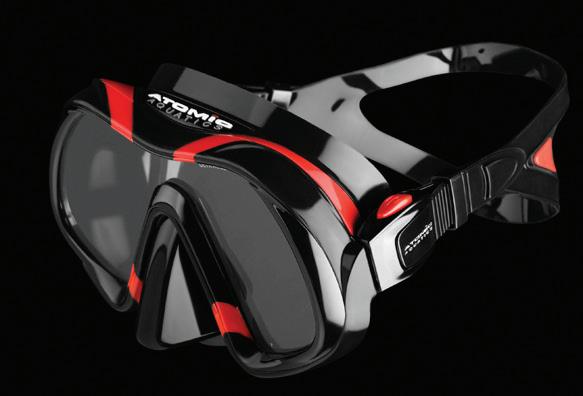

Don’t settle for less.
Elite design. Top performance. With Atomic Aquatics, the only limits are your own.






